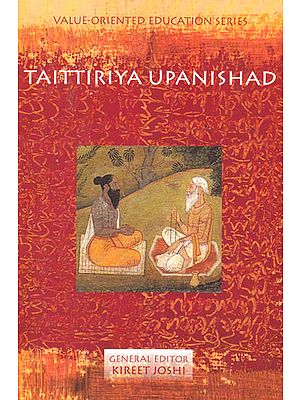

That type of commentary is called Bhasyam. In a commentary every word of the mantra is commented upon. It is not exactly a commentary because Gaudapada does not go word by word. So in Mandukya Karika Gaudapada has done an analysis of these 12 mantras and presented it in verse form. However so that this Upanishad can be studied on its own, Gaudapada who was Adi Shankara’s Guru’s Guru wrote an elaborate commentary on it called Mandukya Karika.Īdi Shankara’s Guru was Govinda Bhagavatpada and his Guru was Gaudapada.

So you can understand this Upanishad only if you’ve studied the other Upanishads. So Mandukya Upanishad is a summarization of the elaborate teachings contained in the other Upanishads. We know that it’s impossible to cover entire Vedanta in just 12 mantras, so it’s important to know that this Upanishad is not primarily meant to teach Vedanta but to remember the teachings which have been elaborately dealt with in the other Upanishads.Īnother Upanishad called the Muktika Upanishad praises the Mandukya Upanishad saying “One Mandukya Upanishad is enough because it contains the whole of Vedanta”. This is the smallest Upanishad among the 10 main Upanishads, containing only 12 mantras. Some people suggest that since in Mandukya Upanishad the teaching is given in stages, the Upanishad leaps from one stage to another, just like a frog leaps from one place to another. One possibility is that this Upanishad is associated with a Rishi named Manduka and hence the name Mandukya Upanishad.Īnother reason is that the word “Manduka” in Sanskrit means a frog. It is not exactly known how this Upanishad got its name. In fact many people get confused between Mundaka and Mandukya Upanishad. This Upanishad belongs to Atharva Veda like Mundaka Upanishad. So all Atharva Veda Upanishads will have the same Shanti Pathah and all Sama Veda Upanishads will have the same Shanti Pathah and so on. And the convention is that all the Upanishads belonging to one particular Veda will have the same Shanti Pathah. The first word is “Isa” so it can also be called Isa Upanishad or Isopanishad.Īll Upanishads begin with a Shanti Pathah (a mantra) invoking the grace of the Lord. The first two words are “Isa” and “Avasyam” and hence its called Isavasya. This Upanishad gets it name because of the first portion of the beginning verse “Isavasyam Idam Sarvam”. But in fact this is a complicated Upanishad and has to be studied after some of the other Upanishads. Because of the enumeration many people believe that Isavasya has to be studied first. It is one of the most popular and well known Upanishads.Įven in the Dasopanishads verse where we enumerate the 10 main Upanishads we start with Isavasya. From that we know that Isavasya is a very condensed Upanishad.Īpart from Adi Shankara many other Acharyas (Teachers) have written commentaries on this Upanishad. So the 18 mantras of Isavasya Upanishad are elaborated in more than 400 mantras of Brihadaranyaka. So Isavasya can also be called a Samhitopanishad.īrihadaranyaka Upanishad which also belongs to Shukla Yajur Veda is a Brahmanopanishad, and is considered to be an elaboration of Isavasya Upanishad since generally a Brahmanopanishad is considered to be a commentary on the Samhitopanishad. This Upanishad is a Mantra Upanishad because it occurs in the mantra or the Samhita portion of the Vedas. Isavasya Upanishad is one of the few Upanishads like Taittiriya Upanishad for which the Svara is still maintained and available for chanting. If you translate them then Krishna Yajur Veda means “black school” of Yajur Veda and Shukla Yajur Veda means “white school” of Yajur Veda. One is known as Krishna Yajur Veda and the other as Shukla Yajur Veda. There are 4 Vedas, of which one is Yajur Veda. Isavasya Upanishad is a small Upanishad consisting of 18 mantras and it belongs to Shukla Yajur Veda.


 0 kommentar(er)
0 kommentar(er)
